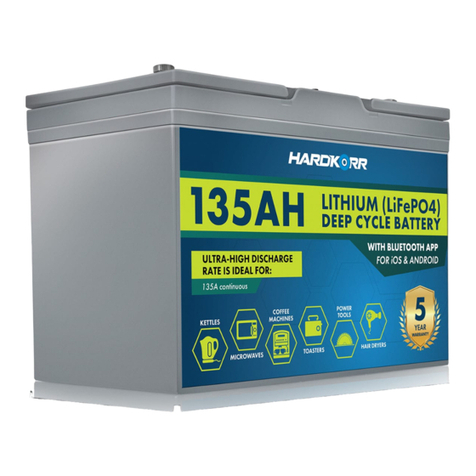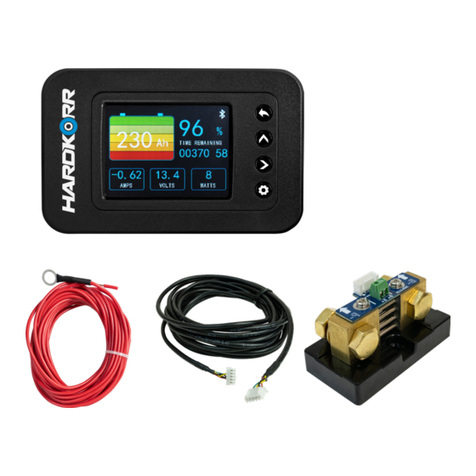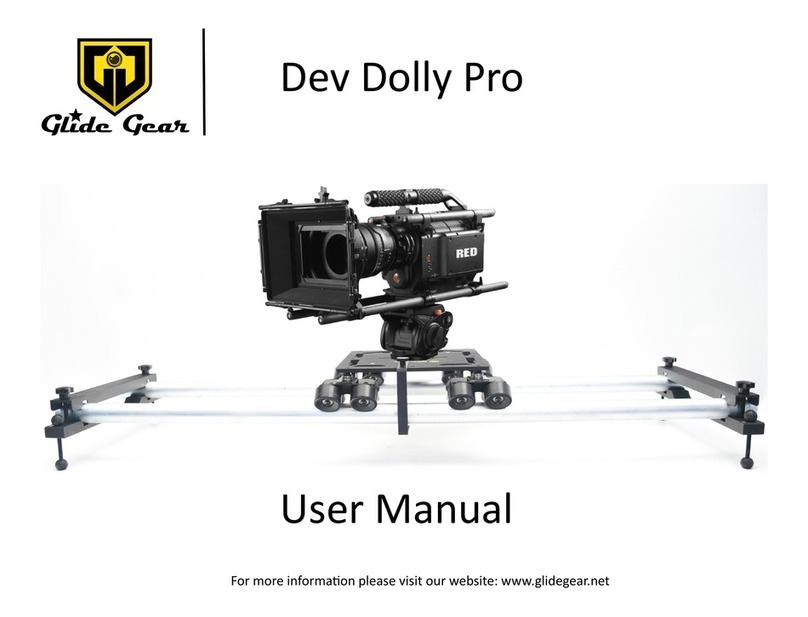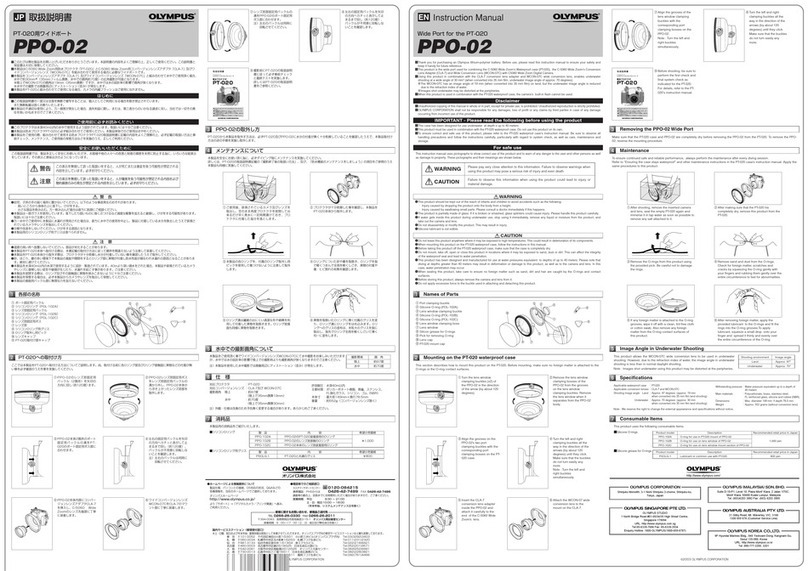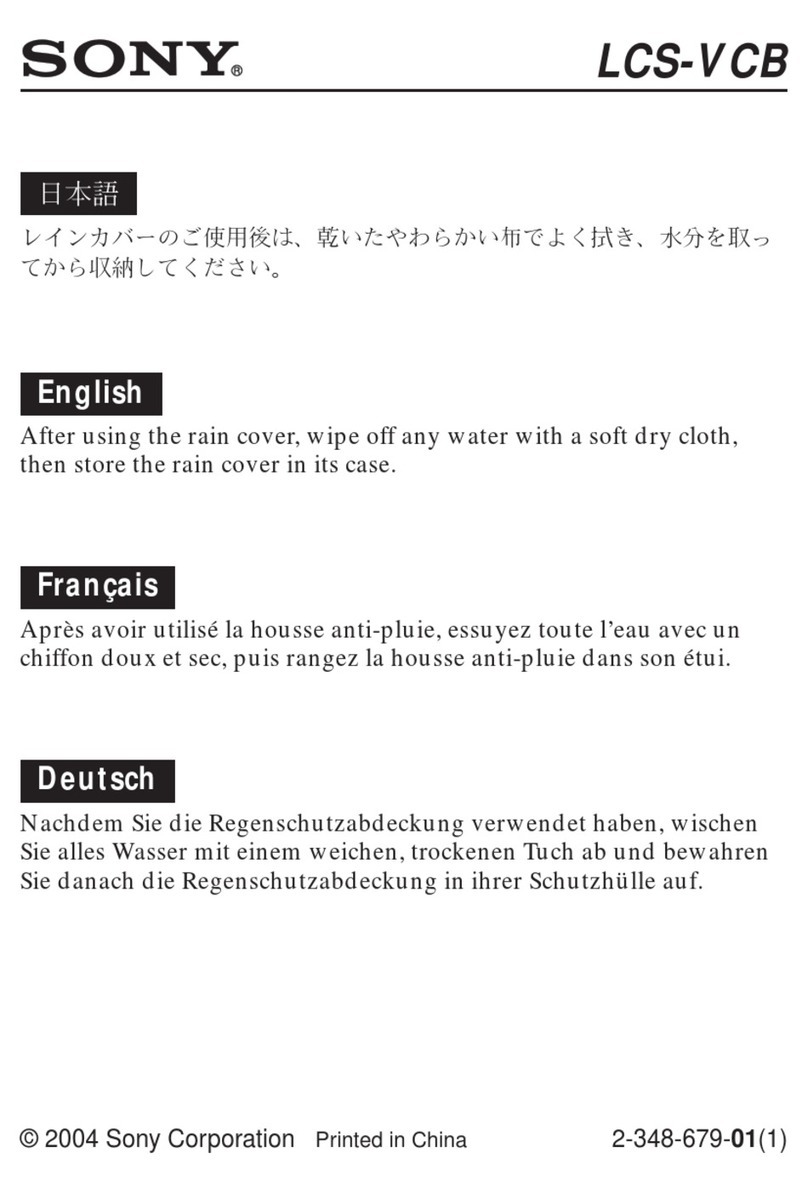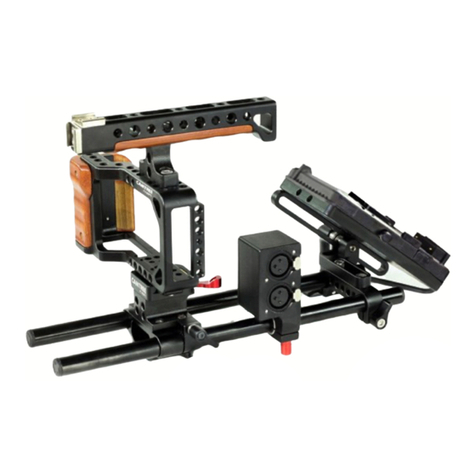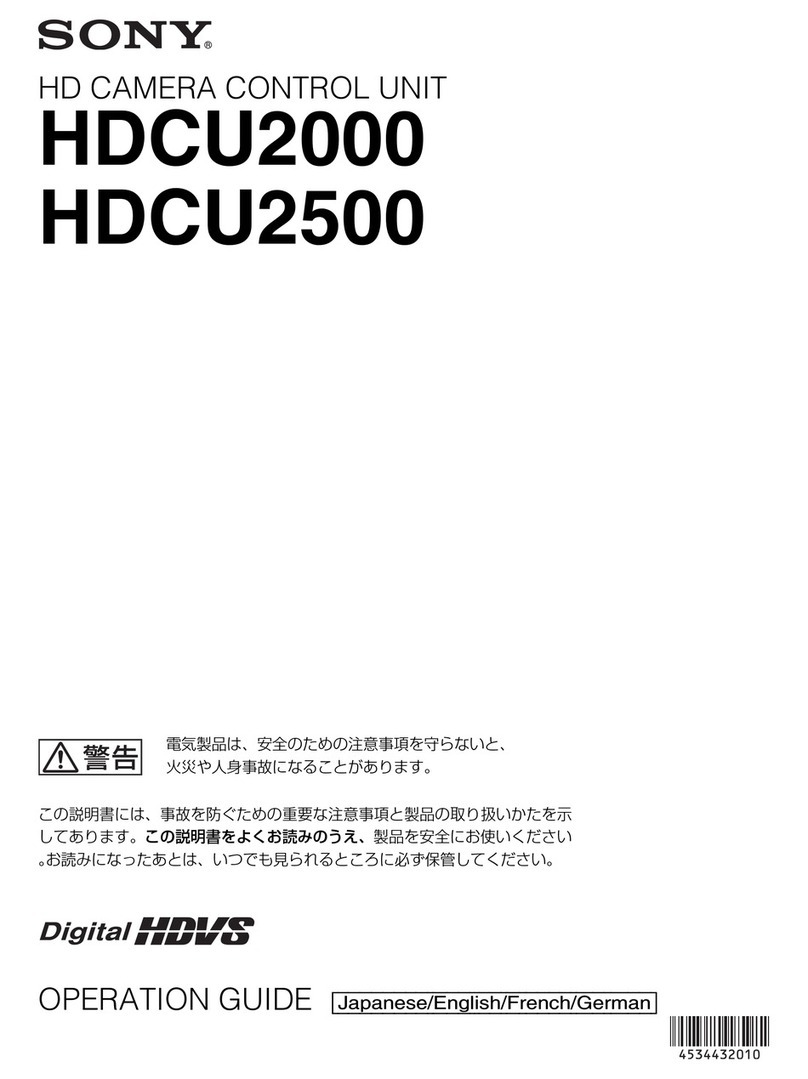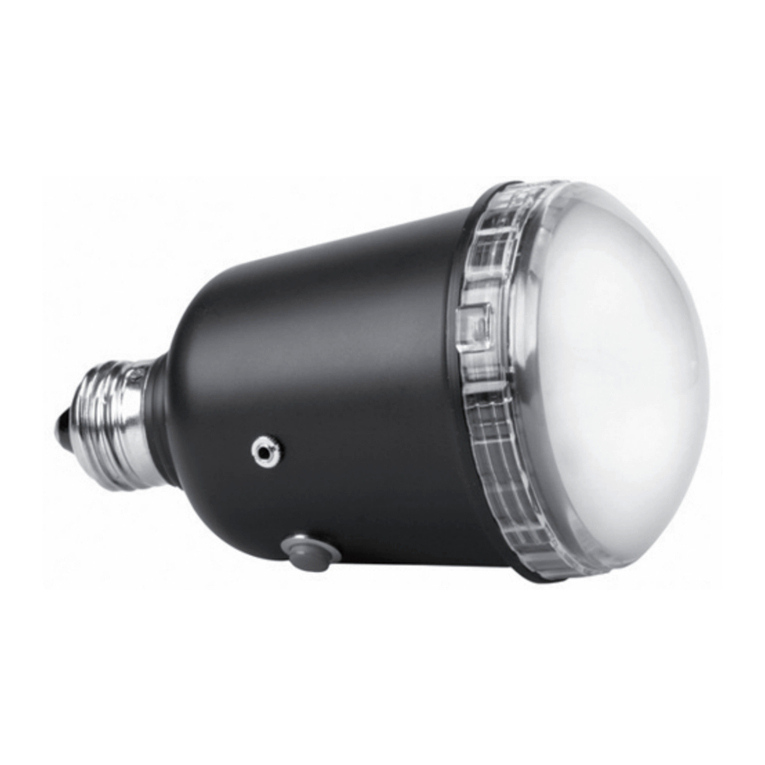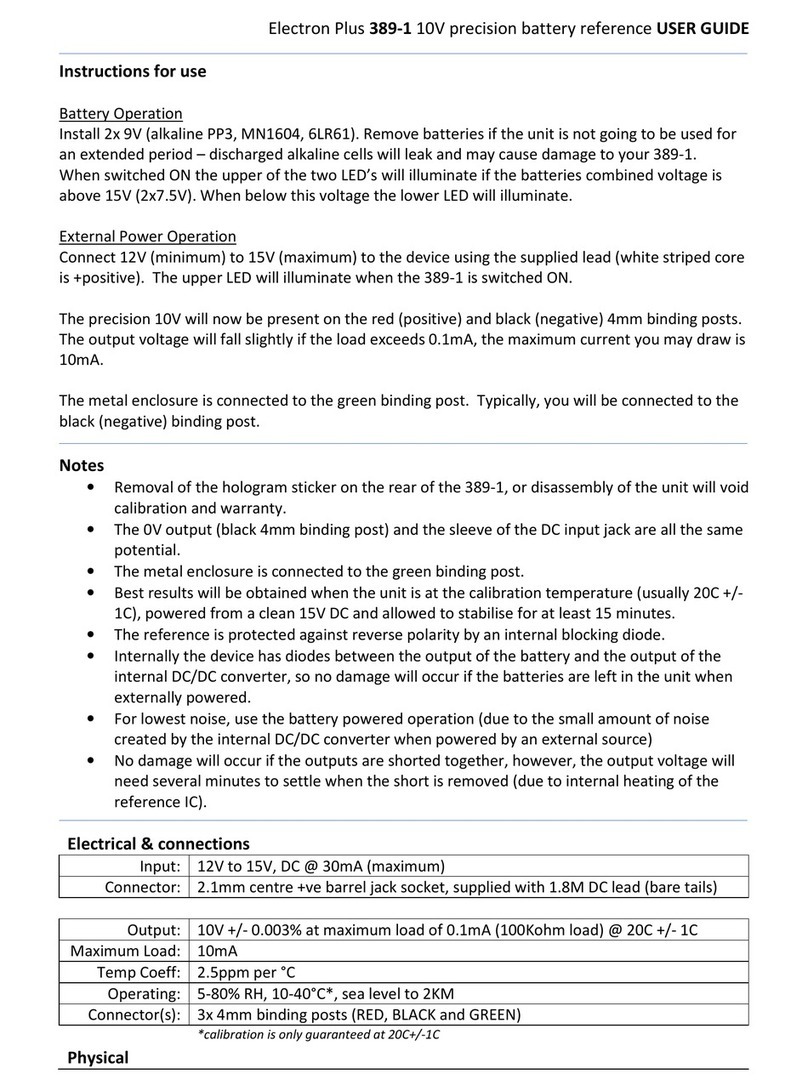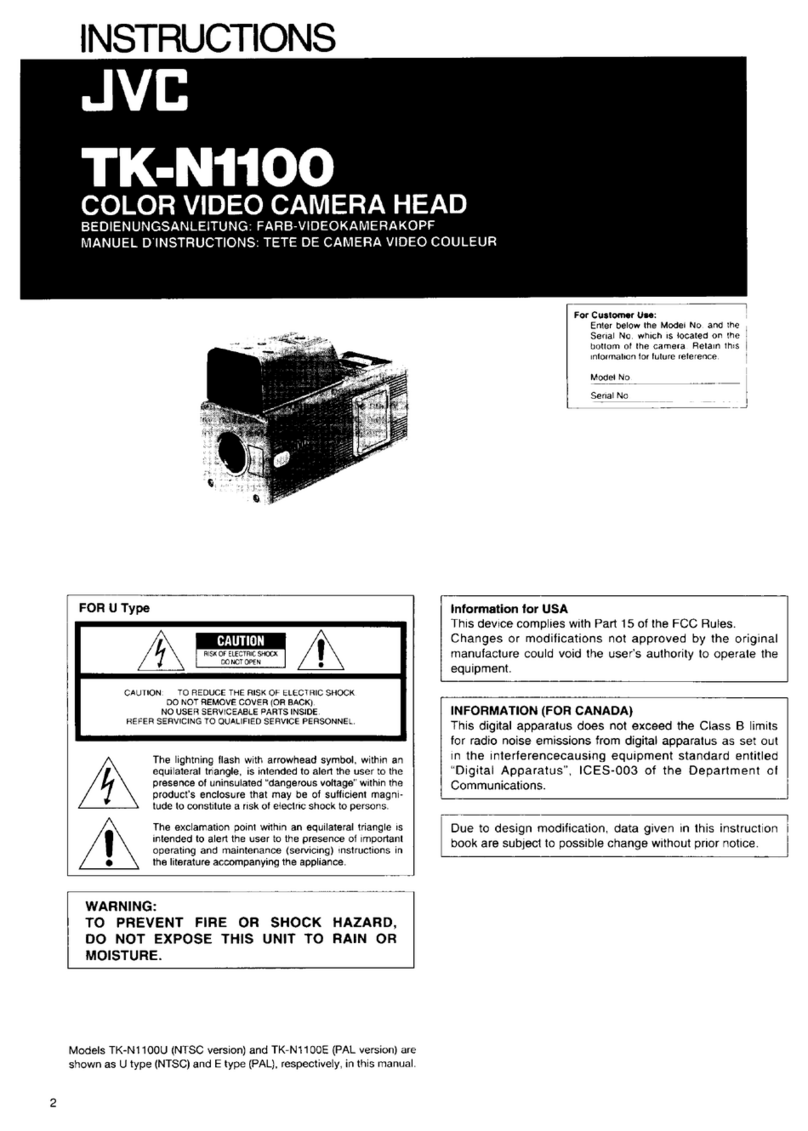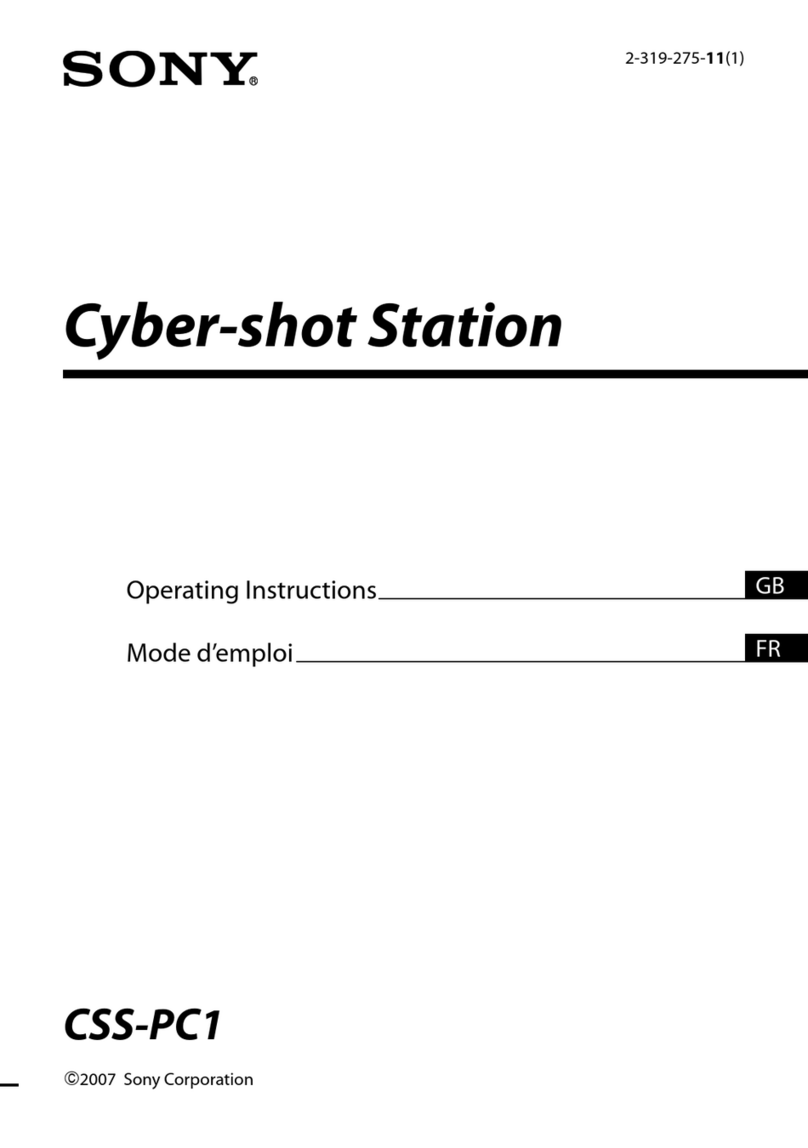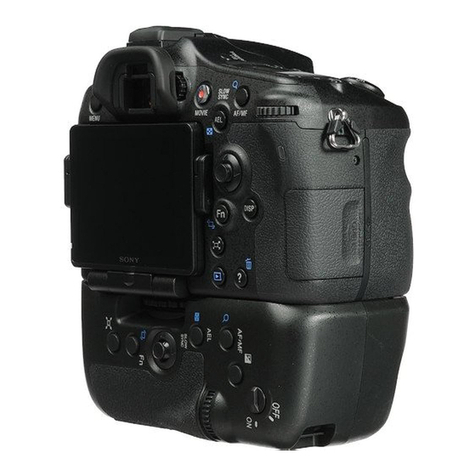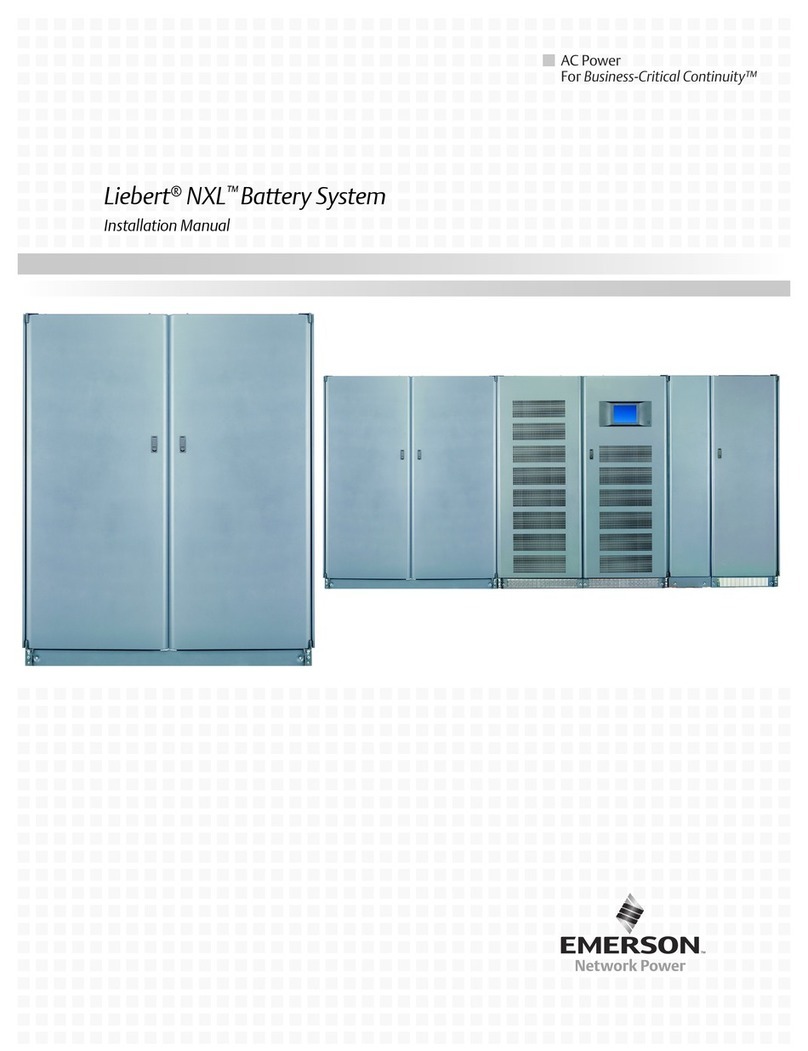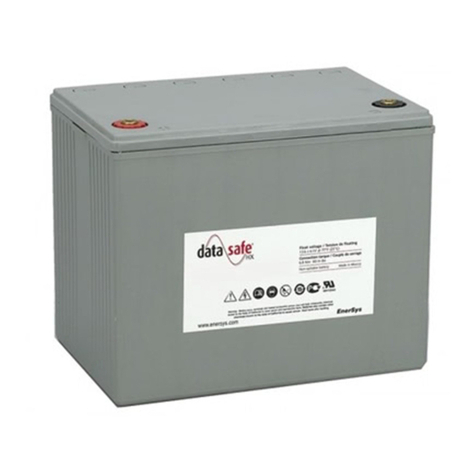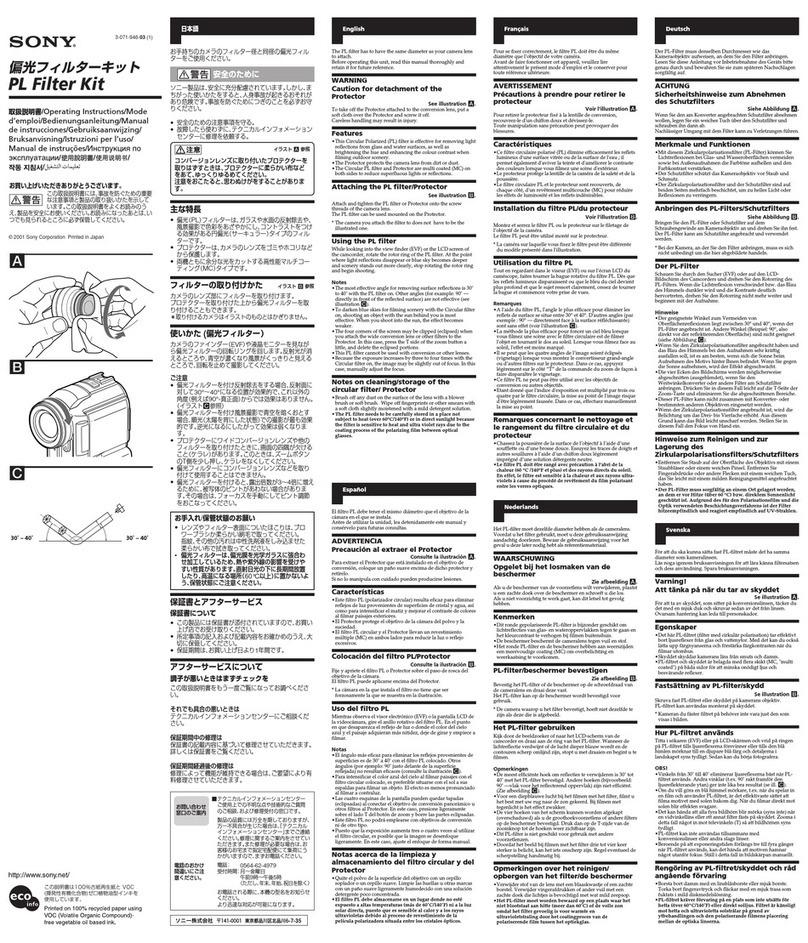HARDKORR 200AH User manual

INSTRUCTION MANUAL
v1.5.0 - June 2022
200AH LiFePO4DEEP CYCLE BATTERY

2
In doing so, you now have the assurance and peace of mind that comes
from purchasing a product that has been manufactured to the highest
quality standards.
Our aim is for you to be completely satisfied with your purchase, and
therefore your new Hardkorr product is backed by a comprehensive
5-year warranty and an outstanding after-sales customer service team.
We hope you will enjoy using this product for many years to come.
If you require technical support, or in the unlikely event your purchase
appears to be faulty, please contact our support team for immediate
assistance. You can find up-to-date contact details on our website
hardkorr.com
General Information and Safety ...................................................
Contents and Specifications .........................................................
Setup and Storage ....................................................................
Charging ................................................................................
Frequently Asked Questions ...........................................................
Warranty ................................................................................
Congratulations on purchasing this high quality Hardkorr product.
INTRODUCTION
3-5
6-7
8-12
13-14
15
16-17

3
GENERAL INFORMATION
AND SAFETY
PLEASE KEEP THIS MANUAL FOR FUTURE REFERENCE
This manual contains important safety instructions for your lithium deep cycle
battery.
Do not operate the battery or modify the installation unless you have
read and understood this user manual. Pay particularly close attention to
CAUTION and WARNING statements.
Hardkorr recommends that the battery be installed by an appropriately
qualified professional.
DISCLAIMER
MODELS COVERED BY THIS MANUAL
While caution has been taken to ensure the accuracy of the contents of this
guide, Hardkorr assumes no responsibility for errors or omissions.
Please note that specifications and product functionality may change without
notice.
HKPBATL200C
200Ah LiFePO₄ BLUETOOTH DEEP CYCLE BATTERY

4
GENERAL INFORMATION
AND SAFETY (CONT.)
WARNING
Failure to follow these instructions may result in personal or property
injury, as well as reduced battery life or battery failure.
• To charge the battery, you must use a charger with a specific
charging profile for lithium batteries. Your warranty may be
reduced or voided if you use an unsuitable charger.
• Do not install this battery under bonnet or use it for cranking
applications.
• Do not submerge the battery in water.
• Do not short circuit the battery terminals.
• Do not puncture, impact or drop the battery.
• Do not disassemble the battery. Opening the case may cause electric
shock or fire and will void your warranty.
• Do not expose the battery to fire, sparks, high voltage or temperatures in
excess of those stipulated in the specifications table of this manual.
• Do not connect in series more than four (4), or parallel more than six (6)
of these batteries together. Ensure that connections are made correctly as
per the “Usage and Storage” section of this manual. Do not connect this
battery to batteries with different chemistries.
• Do not store the battery at a voltage lower than 11.5V.
• Endeavour to keep the battery above 20% SOC where possible.
• Observe the limitations of this battery as stipulated in the specifications
table of this manual, paying particular attention to maximum charge and
discharge currents.
• If the battery emits any unusual smells, appears to be atypically hot,
shows signs of distortion or displays any other abnormality during
operation or storage, discontinue use immediately and contact Hardkorr
for assistance.

5
GENERAL INFORMATION
AND SAFETY (CONT.)
CAUTION
The battery should not be used by persons (including children) with
reduced physical, sensory or mental capabilities, or lack of experience and
knowledge, unless they are supervised or have been instructed on how to
use the appliance by a person responsible for their safety.
Cable and fuse sizes are specified by various codes and standards which
depend on the type of vehicle the battery is installed into.
Selecting the wrong cable or fuse size could result in harm to the installer
or user and/or damage to the battery or other equipment installed in the
system.
The installer is responsible for ensuring that the correct cable and fuse sizes
are used when installing this battery.

6
CONTENTS AND
SPECIFICATIONS
Nominal voltage 12.8V
Max series/parallel configurations 4S/6P
Discharge cut-off voltage 10.0V
Capacity (C20) 200Ah
Normal charge voltage 14.4 ± 0.2V
Optimum charge temp 0°C to 45°C
Optimum discharge temp -20°C to 60°C
Self-discharge <3% per month
Weight 23.0kg
Max discharge current (constant) 200A
Dimensions 521mm (l) x 238mm (w) x 218mm (h)
Pulse current (3s) 400A
Terminal type M8
Cycle life 3000 cycles (100% DOD) / 6000 cycles (80% DOD)
Optimum storage temp 0°C to 40°C
Certifications UN 38.3, UL 1642, IEC 62133-2:2017,
UN3840, IEC 62619:2017, CE, RoHS
SPECIFICATIONS

7
1x 200Ah Deep Cycle LiFePO₄ Battery
CONTENTS AND
SPECIFICATIONS (CONT.)
PACK CONTENTS

8
SETUP AND STORAGE
INSTALLATION
Ensure that the area in which you will be performing installation of the
battery is dry.
Secure the battery firmly to the mounting surface, ensuring that no movement
is possible even under significant force.
You may install the battery in any orientation, including upside-down.
Ensure that your proposed installation location will not cause the battery
to be exposed to temperatures in excess of the maximums stipulated in the
specifications table of this manual. If you believe heat may be an issue, you
may consider making use of mechanical ventilation such as fans.
Ensure you do not mount the battery in a way that could cause the terminals
to come into contact with any metal surface or object. This is to avoid the
possibility of short-circuiting the terminals. If you are intending to remove
the battery from its installed location periodically, ensure there is a clear
pathway free of metal surfaces and objects.
Do not install the battery in a wet area such as boat decks, open ute trays or
chassis mounts.
Do not install the battery in a compartment dedicated to gas storage.

9
SETUP AND STORAGE
(CONT.)
CONNECTION - GENERAL
We recommend that no more than four cable lugs be connected directly to
a battery terminal. If you do have more than 4 lugs, you should use a fuse
block and negative busbar instead.
Ensure the battery terminals are clean before connecting any cable lugs to
them.
Stack cable lugs on the battery terminals in order from heaviest draw
(thickest cables) to lightest draw (thinnest cables). Lugs connected to the
thickest cables should be positioned at the bottom and the thinnest at the top.
Where possible, make use of insulating terminal boots and lug protectors.
Ensure all termination lugs are well crimped (not soldered) and protected.
Always use the spring washers provided for the battery terminal bolts. This
ensures sufficient pressure is applied to the cable lugs for secure connection
without having to over-tighten the bolts. Stack the spring washer on top of
the cable lugs, not underneath.

10
SETUP AND STORAGE
(CONT.)
CONNECTION - MULTIPLE BATTERIES IN PARALLEL
LIFE WITHOUT LIMITS
LITHIUM (LiFePO4)
DEEP CYCLE BATTERY
200AH
200AH LiFePO4
= 320AH AGM*
CONNECT UP TO 6 IN PARALLEL (1200AH @ 12V) CONNECT UP TO 4 IN SERIES (200AH @ 48V)
LIFE WITHOUT LIMITS
LITHIUM (LiFePO4)
DEEP CYCLE BATTERY
200AH
200AH LiFePO4
= 320AH AGM*
CONNECT UP TO 6 IN PARALLEL (1200AH @ 12V) CONNECT UP TO 4 IN SERIES (200AH @ 48V)
LIFE WITHOUT LIMITS
LITHIUM (LiFePO4)
DEEP CYCLE BATTERY
200AH
200AH LiFePO4
= 320AH AGM*
CONNECT UP TO 6 IN PARALLEL (1200AH @ 12V) CONNECT UP TO 4 IN SERIES (200AH @ 48V)
LIFE WITHOUT LIMITS
LITHIUM (LiFePO4)
DEEP CYCLE BATTERY
200AH
200AH LiFePO4
= 320AH AGM*
CONNECT UP TO 6 IN PARALLEL (1200AH @ 12V) CONNECT UP TO 4 IN SERIES (200AH @ 48V)
LIFE WITHOUT LIMITS
LITHIUM (LiFePO4)
DEEP CYCLE BATTERY
200AH
200AH LiFePO4
= 320AH AGM*
CONNECT UP TO 6 IN PARALLEL (1200AH @ 12V) CONNECT UP TO 4 IN SERIES (200AH @ 48V)
LIFE WITHOUT LIMITS
LITHIUM (LiFePO4)
DEEP CYCLE BATTERY
200AH
200AH LiFePO4
= 320AH AGM*
CONNECT UP TO 6 IN PARALLEL (1200AH @ 12V) CONNECT UP TO 4 IN SERIES (200AH @ 48V)
LIFE WITHOUT LIMITS
LITHIUM (LiFePO4)
DEEP CYCLE BATTERY
200AH
200AH LiFePO4
= 320AH AGM*
CONNECT UP TO 6 IN PARALLEL (1200AH @ 12V) CONNECT UP TO 4 IN SERIES (200AH @ 48V)
LIFE WITHOUT LIMITS
LITHIUM (LiFePO4)
DEEP CYCLE BATTERY
200AH
200AH LiFePO4
= 320AH AGM*
CONNECT UP TO 6 IN PARALLEL (1200AH @ 12V) CONNECT UP TO 4 IN SERIES (200AH @ 48V)
LIFE WITHOUT LIMITS
LITHIUM (LiFePO4)
DEEP CYCLE BATTERY
200AH
200AH LiFePO4
= 320AH AGM*
CONNECT UP TO 6 IN PARALLEL (1200AH @ 12V) CONNECT UP TO 4 IN SERIES (200AH @ 48V)
LIFE WITHOUT LIMITS
LITHIUM (LiFePO4)
DEEP CYCLE BATTERY
200AH
200AH LiFePO4
= 320AH AGM*
CONNECT UP TO 6 IN PARALLEL (1200AH @ 12V) CONNECT UP TO 4 IN SERIES (200AH @ 48V)
You may connect up to six (6) of these batteries in parallel. This will create a single
system in which the total capacity is the sum of the capacities of the individual units
and the nominal voltage is equivalent to the voltage of one unit e.g. 6 x 200Ah
12.8V batteries in parallel gives a 1200Ah 12.8V system.
When connecting batteries in parallel, you should use appropriately rated busbars
and connect the batteries as per the below diagram. If connected in this way, the
maximum discharge current of the system will be the maximum discharge of a single
battery multiplied by the number of batteries in the bank e.g. six batteries connected
in parallel will yield up to 100A per hour x 6 = 1200A per hour.
WARNING
You must make sure to use cables that are the correct gauge for the
maximum discharge current in your application - consult an auto
electrician if you are unsure which cable gauge to select. The cables must
also be exactly the same length.

11
SETUP AND STORAGE
(CONT.)
CONNECTION - MULTIPLE BATTERIES IN SERIES
LIFE WITHOUT LIMITS
LITHIUM (LiFePO4)
DEEP CYCLE BATTERY
200AH
200AH LiFePO4
= 320AH AGM*
CONNECT UP TO 6 IN PARALLEL (1200AH @ 12V) CONNECT UP TO 4 IN SERIES (200AH @ 48V)
LIFE WITHOUT LIMITS
LITHIUM (LiFePO4)
DEEP CYCLE BATTERY
200AH
200AH LiFePO4
= 320AH AGM*
CONNECT UP TO 6 IN PARALLEL (1200AH @ 12V) CONNECT UP TO 4 IN SERIES (200AH @ 48V)
LIFE WITHOUT LIMITS
LITHIUM (LiFePO4)
DEEP CYCLE BATTERY
200AH
200AH LiFePO4
= 320AH AGM*
CONNECT UP TO 6 IN PARALLEL (1200AH @ 12V) CONNECT UP TO 4 IN SERIES (200AH @ 48V)
LIFE WITHOUT LIMITS
LITHIUM (LiFePO4)
DEEP CYCLE BATTERY
200AH
200AH LiFePO4
= 320AH AGM*
CONNECT UP TO 6 IN PARALLEL (1200AH @ 12V) CONNECT UP TO 4 IN SERIES (200AH @ 48V)
LIFE WITHOUT LIMITS
LITHIUM (LiFePO4)
DEEP CYCLE BATTERY
200AH
200AH LiFePO4
= 320AH AGM*
CONNECT UP TO 6 IN PARALLEL (1200AH @ 12V) CONNECT UP TO 4 IN SERIES (200AH @ 48V)
LIFE WITHOUT LIMITS
LITHIUM (LiFePO4)
DEEP CYCLE BATTERY
200AH
200AH LiFePO4
= 320AH AGM*
CONNECT UP TO 6 IN PARALLEL (1200AH @ 12V) CONNECT UP TO 4 IN SERIES (200AH @ 48V)
LIFE WITHOUT LIMITS
LITHIUM (LiFePO4)
DEEP CYCLE BATTERY
200AH
200AH LiFePO4
= 320AH AGM*
CONNECT UP TO 6 IN PARALLEL (1200AH @ 12V) CONNECT UP TO 4 IN SERIES (200AH @ 48V)
LIFE WITHOUT LIMITS
LITHIUM (LiFePO4)
DEEP CYCLE BATTERY
200AH
200AH LiFePO4
= 320AH AGM*
CONNECT UP TO 6 IN PARALLEL (1200AH @ 12V) CONNECT UP TO 4 IN SERIES (200AH @ 48V)
LIFE WITHOUT LIMITS
LITHIUM (LiFePO4)
DEEP CYCLE BATTERY
200AH
200AH LiFePO4
= 320AH AGM*
CONNECT UP TO 6 IN PARALLEL (1200AH @ 12V) CONNECT UP TO 4 IN SERIES (200AH @ 48V)
LIFE WITHOUT LIMITS
LITHIUM (LiFePO4)
DEEP CYCLE BATTERY
200AH
200AH LiFePO4
= 320AH AGM*
CONNECT UP TO 6 IN PARALLEL (1200AH @ 12V) CONNECT UP TO 4 IN SERIES (200AH @ 48V)
You may connect up to four (4) of these batteries in series. This will create a single
system in which the nominal voltage is the sum of the voltages of the individual units
and the system capacity is equivalent to the capacity of one unit e.g. 4 x 200Ah
12.8V batteries in series gives a 200Ah 48V system.
When connecting batteries in series you should take the negative connection from
the opposite end of the bank to the positive connection, as per the below diagram.
WARNING
You must make sure to use cables that are the correct gauge for the
voltage of your system and maximum discharge current required - consult
an auto electrician if you are unsure which cable gauge to select. The
cables must also be exactly the same length.

12
SETUP AND STORAGE
(CONT.)
STORAGE, SHIPPING AND DISPOSAL
Ensure that the battery is stored in a dry, clean, shaded and well-ventilated
environment, at a temperature range that does not exceed the maximum storage
temperature stipulated in the specifications table in this manual.
Where possible, endeavour to store the battery at around 40-50% state of charge.
At no time should the voltage of the stored battery be allowed to drop below 11.5V.
Be aware that these batteries will self-discharge at a rate of about 3% per month.
We recommend the state of charge is checked regularly and topped up if necessary.
If shipping the battery between locations, please be aware that lithium is classified
as Class 9 Dangerous Goods. Please ensure you comply with local, national and
international (if applicable) regulations for transportation of these goods.
WARNING
Lithium batteries must never be disposed of with ordinary refuse, as this can cause
fires and significant environmental contamination. Contact an authorised lithium
battery recycling facility - you can find these at places such as Battery World, Aldi
and Officeworks.

13
CHARGING
CHARGE METHODS
Lithium batteries need to be charged slightly different to other batteries, to ensure they
live a long life and provide maximum capacity.
There are several charging devices you can utilise, but whichever device you choose,
it must have a lithium charge profile. Suitable devices include DC-DC chargers, solar
panels (with regulator) and AC (mains power) chargers.
For optimum battery longevity, it is recommended that the charging current should be
30% or less of your battery capacity.
CHARGE METHODS: DC-DC CHARGER
DC-DC chargers allow you to charge a lithium battery from your vehicle’s alternator.
You generally cannot charge a lithium battery directly from a vehicle alternator,
because lithium batteries have a very high maximum charge current compared to
lead-acid batteries. With nothing to intermediate between the alternator and battery,
the battery will draw its maximum charge current from the alternator, which can lead
to the alternator overheating and burning out.
A DC-DC charger will act to moderate the flow of current, protecting your alternator
from overheating. In addition, they have a multi-stage charging algorithm which will
ensure your battery is optimally charged and its service life is maximised.
Some DC-DC chargers also include a second input allowing you to connect a solar
panel, and may even be able to prioritise the solar charge method when it detects a
panel is connected and providing current.
WARNING
• DO NOT use a charge profile with a “Pulse” or “Equalisation” stage. This will
damage the battery and void the warranty.
• DO NOT charge your battery directly from an alternator or via VSR.

14
CHARGING (CONT.)
AC CHARGER
CAUTION: CHARGING IN SUB-ZERO TEMPERATURES
If you’re charging up your batteries at home before or after a trip, or if you’re
at a powered camp site, you can also use an AC (mains power) battery charger.
Mains battery chargers are available as portable devices or can be built into
your 12V system. Again, you should make sure that the AC charger you wish to
use contains a lithium charge profile.
You must not charge your battery in sub-zero conditions. Doing so will void the
warranty. In order to charge in sub-zero conditions, you’ll need to purchase our
equivalent 240Ah Lithium Cold Climate Lithium (LiFePO4) Deep Cycle Battery
with Bluetooth (HKPBATL240BH).
CHARGE METHODS: SOLAR PANEL WITH REGULATOR
12V solar panels harness the energy of the sun to charge your battery. There
are many solar panel options on the market, but they can be split into two main
categories: fixed and portable.
Fixed solar panels usually have a rigid metal frame. They are designed to be
permanently fixed to your vehicle and connected to a regulator or DC-DC
charger mounted inside. They are great for charging your vehicle while on the go
without consuming current from your alternator.
Portable solar panels (solar blankets, solar mats etc.) are designed to be set up
while the vehicle is stationary, such as when you’re at camp. They are usually
connected to the battery via a portable regulator.
Either type of solar panel is fine for charging these lithium batteries, but as stated
previously it is important to ensure that your regulator has a lithium charge profile
to maximise your battery’s service life.

15
FREQUENTLY
ASKED QUESTIONS
Q. Do I need a specific charger for my battery?
A. Yes, you will need to ensure that the charging method that you choose
is suitable for use with lithium batteries. Please refer to the “Charging”
section of this manual for further details. Using a charging method other
than those we stipulate may void your warranty.
Q. Can I mount my battery inside of a car engine bay?
A. We don’t recommend putting lithium batteries inside the engine
bay; doing so will void the warranty. Additionally, this will significantly
reduce the service life of your battery, and at worst it may cause it to
fail.
Q. Can I mount my battery on its side?
A. Yes, you can mount your battery on its side provided that you secure
it in place.
Q. Can I use my battery with an inverter?
A. Yes you can, although you must take care not to exceed the maximum
discharge current stipulated in the “Contents & Specifications” section of
this manual.
Q. Is there anywhere I can’t install my battery?
A. You should not install your battery anywhere that is subject to water
ingress or is used for gas storage. Also take care not to place the
terminals near any metal surfaces.

16
WARRANTY
Our goods come with guarantees that cannot be excluded under
the Australian Consumer Law. You are entitled to a replacement or
refund for a major failure and compensation for any other reasonably
foreseeable loss or damage. You are also entitled to have the goods
repaired or replaced if the goods fail to be of acceptable quality and
the failure does not amount to a major failure.
Hardkorr warrants that this product will be free from defects in
material and workmanship for five years. The warranty commences on the date of purchase
by the original purchaser, and is not transferable. To access the benefits of this warranty, you
must retain your proof of purchase and follow any other direction we reasonably give you
(e.g. completing and returning your warranty card if applicable).
5
TO BEGIN YOUR WARRANTY CLAIM
If you believe your Hardkorr product is defective, it must be returned to Hardkorr for
inspection by our warranty claims department.
1. You must have a Return Authorization (RA) number. To get your RA number, please
complete the form found on our website and wait for the warranty team to contact you.
2. Once you have an RA number, you must arrange for the product must be shipped at your
own expense back to Hardkorr (keep your receipt). The address for shipment will be
provided when we issue your RA number.
3. Please be sure that your RA number is clearly marked on the outside of the packaging
used for shipping.
Completing the steps as mentioned will ensure a faster process of your claim, so that Hardkorr
can get your product back to you as soon as possible.
Once we receive your returned product, our technicians will inspect it. We will then notify you
of the outcome of your claim.
If we accept your warranty claim, we will either repair, replace or refund the goods at our
discretion. We will also reimburse you for the shipping costs you incurred in sending the goods
back to us. Any products that we choose to replace or refund become the property of Hardkorr.
If we do not accept your claim, we will advise you of the reason and hold your product for
collection. You will need to arrange and pay for the product to be shipped back to you. If your
product is not collected within 30 days of your warranty claim being finalised, we may destroy
it.

17
WARRANTY
Your warranty is voided if we (at our sole discretion) determine that there is evidence of one or
more of the following:
• Negligence: Improper installation, improper or extreme use, use that contravenes this
instruction manual, etc.
• Abuse: Road hazards, Damage beyond the limits of “normal wear and tear.”
• Unauthorized Repair: Repair service performed by an unauthorised service centre.
• Disassembly: Any attempt to open, tamper with or otherwise compromise the integrity of
the product.
• Consequential damage: damage to this product caused by the failure of another
component of the vehicle or device in which this product is installed.
Additionally, in the case of battery products: the following will void your warranty:
• Incorrect charger: The use of a battery charger that is not suitable for lithium batteries i.e.
does not have a lithium battery charge profile.
• Under bonnet use: Using this battery under the bonnet of a vehicle.
• Overcharge/over-discharge: Charging or discharging your battery at a rate higher
than those stipulated in the Specifications table of this instruction manual.
• Water ingress: your battery is not designed to be installed in an area that is subject to
water ingress.
It is reasonable to expect that over its service life the capacity of your battery will reduce.
Natural capacity decrease, which we define as a decrease in capacity of less than 10% per
year of ownership, is not covered by this warranty. All batteries are tested using our in-house
equipment and if we decline your claim for capacity decrease we will provide you with a copy
of the test report.
Exterior Finish: Hardkorr uses the highest quality materials available, but depending on location,
environment and exposure, the colour of exterior surfaces can fade. We will not approve any
warranty claims that relate to fade.
DISCONTINUED ITEMS
Discontinued items that are still under warranty will be reviewed by Hardkorr. If a discontinued
item is covered under warranty it may be replaced by an equivalent or superior item. If an
equivalent item is not available Hardkorr will determine terms of resolution on a case-by-case
basis.

HARDKORR.COM
Table of contents
Other HARDKORR Camera Accessories manuals
